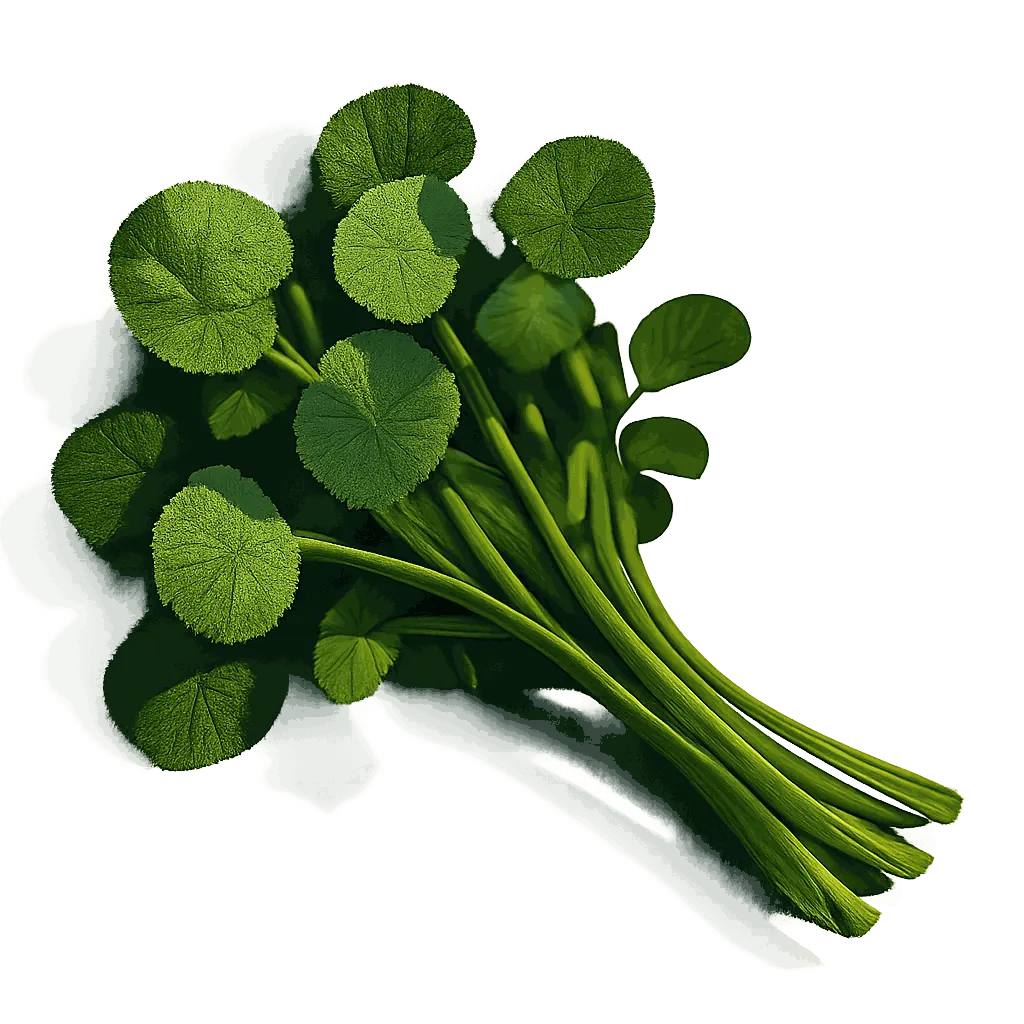Perfect Pairings & Recipes for
2006 Rocca Di Castagnoli Stielle

Unlock the perfect flavour pairings for 2006 Rocca di Castagnoli Stielle according to data science. Explore unique recipes and discover the hidden mathematics of flavour.
2006 Rocca di Castagnoli Stielle conjures the evocative embrace of cherry and the bracing kiss of violet, woven with delicate hints of tannin, burnt, and peat. These are the notes that lend it such remarkable, resonant depth. Understanding how these layered flavours work together is the secret to unlocking 2006 Rocca di Castagnoli Stielle's pairing potential.
To map these harmonies, we analysed thousands of ingredients, breaking each one down across 150 flavour dimensions, identifying which notes complement and contrast. Our analysis reveals, for example, how pancetta's porcine tones enrich 2006 Rocca di Castagnoli Stielle, and how orange's pomeloide notes create a surprising synergy with its juicy sweetness.
Flavour Profile Of 2006 Rocca Di Castagnoli Stielle Across 150 Dimensions Of Flavour
Flavour wheel chart showing the dominant flavour notes of 2006 Rocca di Castagnoli Stielle: Cherry, Violet, Tannic, Burnt, Peaty, Oaky, Leather, Cedar, Graphite, Plum, Thyme, Raisin, Resinous, Sage, Rosemary, Coconut, Gamey, Musky, Brettanomyces, Tobacco, Oxidized, Seedy, Blackberry, Cocoa, Pineapple, Balsam, Vanillic, Elderflower, Cinchona, Tomatoey, Sotolon, Ginger, Gentian, Charred, Raspberry, Blossom, Astringent, Hickory, Basil
An ingredient's flavour comes from its core characteristics, like woody, earthy, and acidic, combined with its unique aroma notes (outer bars). When pairing ingredients, aim to include a broad variety of core characteristics for a balanced dish. And choose aroma notes that complement each other for a harmonious combination.
The Flavour Code
To understand exactly which flavours harmonise, we compiled a database of over 50,000 ingredient pairings commonly used in cooking. We then analysed these pairings, identifying the specific flavour notes that frequently appear together.
The Flavours That Harmonise With Cherry Notes
Strength of Association Between Flavours
The flavours most associated with cherry notes are: Clove, Grapefruit, Neroli, Citric, Bergamot, Cinnamon, Pine, Cedar, Ginger, Resin, Pimenta, Astringent, Balsam, Bovine, Buttery.
Our analysis shows that the flavour of cherry is strongly associated with the flavour of grapefruit. This suggests we should look for ingredients with a grapefruity flavour, such as orange, when pairing with the cherry-like accents of 2006 Rocca di Castagnoli Stielle.
The recipe below provides inspiration for pairing 2006 Rocca di Castagnoli Stielle with orange.
Harmonious Flavours Of 2006 Rocca Di Castagnoli Stielle
Just as our analysis shows that cherry and clove-like flavour notes are harmonious, we can identify the full profile of flavours that harmonise with each of the flavour accents present in 2006 Rocca di Castagnoli Stielle. E.g. the violic accents of 2006 Rocca di Castagnoli Stielle are often used with vinegary and coriander notes.
The aroma notes complementing the various notes of 2006 Rocca di Castagnoli Stielle can be seen highlighted in the pink bars below.
Flavour Profile Of 2006 Rocca Di Castagnoli Stielle And Its Complementary Flavour Notes
Flavour wheel chart showing the dominant flavour notes of 2006 Rocca di Castagnoli Stielle: Cherry, Violet, Tannic, Burnt, Peaty, Oaky, Leather, Cedar, Graphite, Plum, Thyme, Raisin, Resinous, Sage, Rosemary, Coconut, Gamey, Musky, Brettanomyces, Tobacco, Oxidized, Seedy, Blackberry, Cocoa, Pineapple, Balsam, Vanillic, Elderflower, Cinchona, Tomatoey, Sotolon, Ginger, Gentian, Charred, Raspberry, Blossom, Astringent, Hickory, Basil
Matching Flavour Profiles
The flavour profile of pancetta offers many of the notes complementary to 2006 Rocca di Castagnoli Stielle, including porcine and dried porcini aroma notes. Because the flavour profile of pancetta has many of the of the features that are complementary to 2006 Rocca di Castagnoli Stielle, they are likely to pair very well together.
Prominent Flavour Notes Of Pancetta Are Represented By Longer Bars
Flavour wheel chart showing the dominant flavour notes of Pancetta: Porcine, Proteolytic, Porcini, Adipose, Oyster, Ovine, Glutamic, Tomatoey, Asparagus, Bovine, Poivre, Oleic, Thyme, Sage, Bay leaf, Rosemary, Allicin, Mustard, Corn, Musky, Rice, Poultry, Potato, Fishy, Buttery, Butyric, Eucalyptol, Olivey, Capsaicin, Squash, Celery, Koji, Saline
The chart above shows the unique profile of pancetta across 150 dimensions of flavour, while the recipes below offer inspiration for bringing these flavours together with 2006 Rocca di Castagnoli Stielle.
Recipes That Pair 2006 Rocca Di Castagnoli Stielle With Pancetta
Linked Flavour Notes
Looking at the notes that are most strongly associated with the various flavours of 2006 Rocca di Castagnoli Stielle, we can identify other ingredients that are likely to pair well.
2006 Rocca Di Castagnoli Stielle's Harmonious Flavours And Complementary Ingredients
2006 Rocca di Castagnoli Stielle's Strongest Flavours
Complementary Flavours
Ingredients with Complementary Flavours
Flavour groups:
Acidic
Floral
Herbal
Vegetal
Maillard
Earthy
Woody
Carnal
The left side of the chart above highlights the aroma notes of 2006 Rocca di Castagnoli Stielle, along with the complementary aromas associated with each note. While the right side shows some of the ingredients that share many of the aroma notes complementary to 2006 Rocca di Castagnoli Stielle.
Prominent Pairings
Our analysis identifies dishes that pair well with 2006 Rocca di Castagnoli Stielle and highlights the prominent ingredient combinations within these recipes. Key pairs include green mango and curry leaf offering turpentine sweetness, coconut milk powder and chilli powder for fieriness, turmeric and mint for mentholic depth, and white wine and parsley for a complex hexenal undertone. Explore these combinations to unlock 2006 Rocca di Castagnoli Stielle's hidden complexity, reveal deep nuance, and elevate its vibrant character.
Ingredient Combinations Among Dishes That Pair With 2006 Rocca di Castagnoli Stielle
Flavour groups:
Sweet
Sour
Botanic
Herbal
Spice
Vegetal
Bitter
Which Vegetables Go With 2006 Rocca Di Castagnoli Stielle?
Choose vegetables that ground its turpentiness or embrace its woody herbiness. Broad bean offers vibrant, clean counterpoints, its verdant freshness lifting the palate. Aubergine add a gentle, oniony brightness, while spring onion introduces a sophisticated, anise-tinged elegance.
Alternatively, embrace vegetables that harmonise with 2006 Rocca di Castagnoli Stielle's bitterness. The addition of yellow bell pepper, with its subtle musky notes, can complement the tannin beautifully. Black olive bridges earthiness and citrus zest, while butternut squash lends an animalic richness.
How Flavonomics Works
We've pioneered a unique, data-driven approach to decode the intricate art of flavour pairing. Our goal is to move beyond intuition and uncover the science of why certain ingredients harmonise beautifully. This rigorous methodology allows us to provide you with insightful and reliable pairing recommendations.
Our analysis begins with over 50,000 carefully selected recipes from acclaimed chefs like Galton Blackiston, Marcello Tully, and Pierre Lambinon. This premium dataset ensures our model distils genuine culinary excellence and creativity.
Each ingredient from these recipes is deconstructed across 150 distinct flavour dimensions, creating a unique numerical "flavour fingerprint." This quantification allows us to apply advanced analytical methods to identify complex patterns between flavour notes.
We identify popular ingredient combinations that frequently appear in our recipe database. Regression analysis is then performed on these pairings to statistically validate and pinpoint truly harmonious flavours.
These insights drive our predictive model, which allows us to take any ingredient (e.g., 2006 Rocca di Castagnoli Stielle), analyse its detailed flavour profile, and accurately reveal its complementary flavours and perfect ingredient partners.
Explore More
Discover more ingredient profiles and expand your culinary knowledge. Each ingredient page offers detailed analysis of flavour profiles, pairing insights, and culinary applications.
The content on our analysis blog is semi-automated. All of the words were manually written by a human, but the content is updated dynamically based on the data.


